
Lot 5
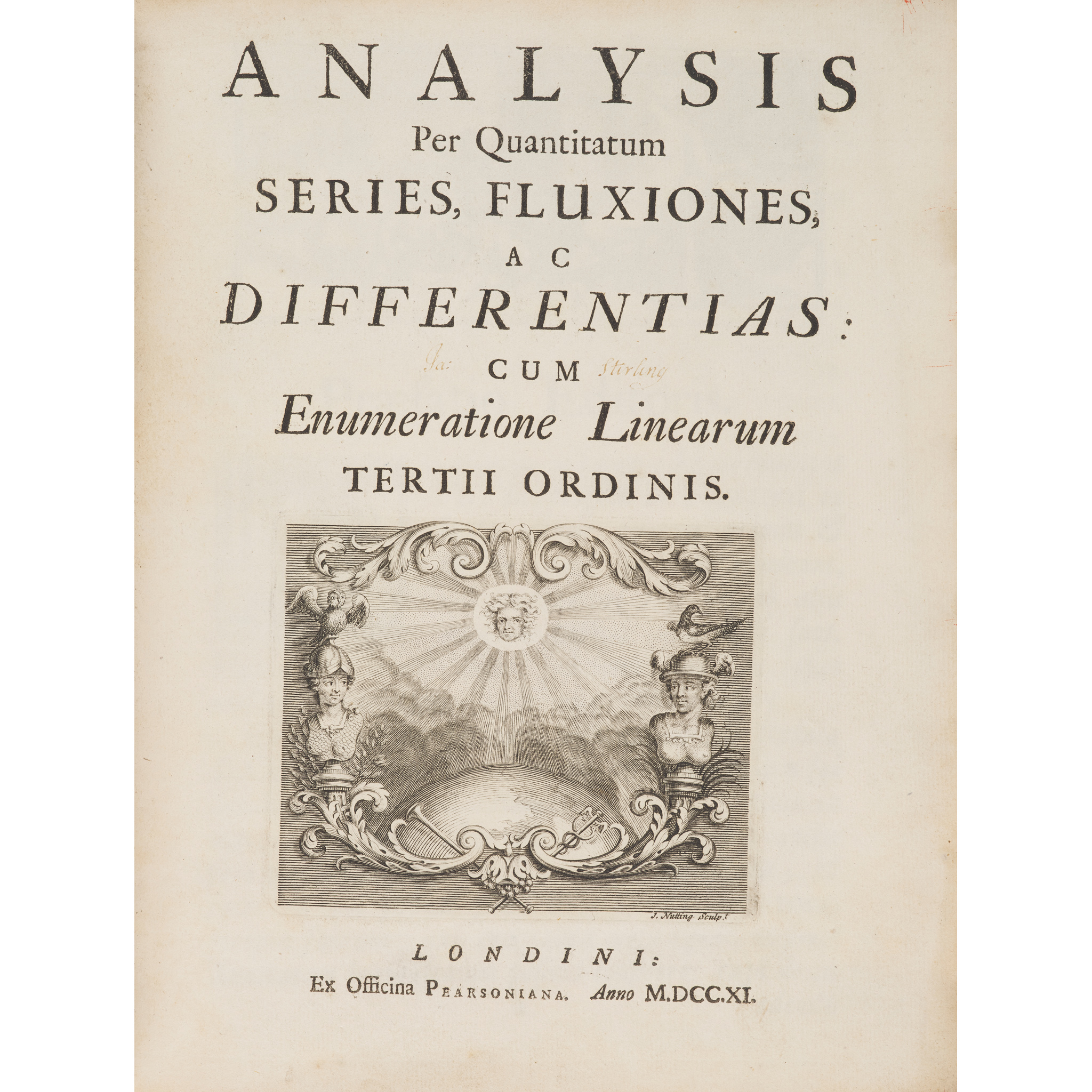
Newton, Sir Isaac
Analysis per quantitatum series, fluxiones, ac differentias
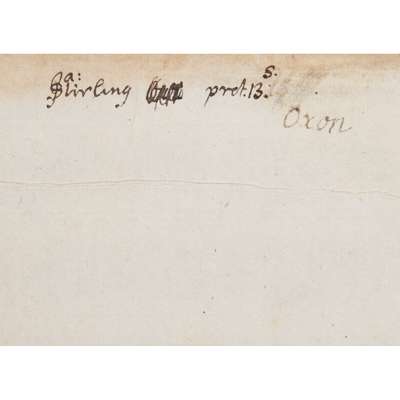
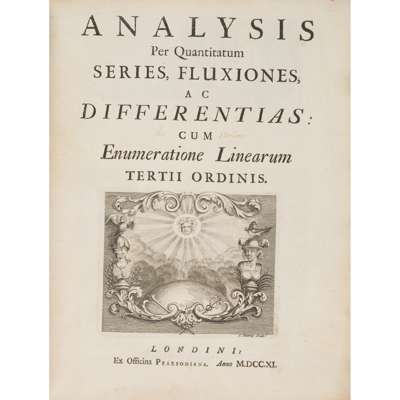
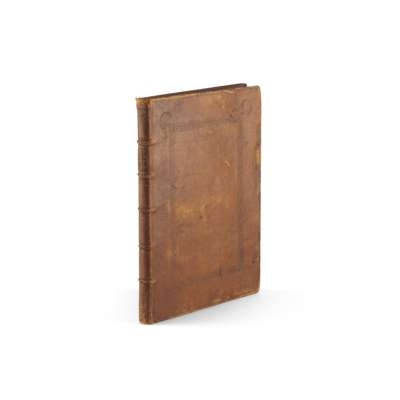
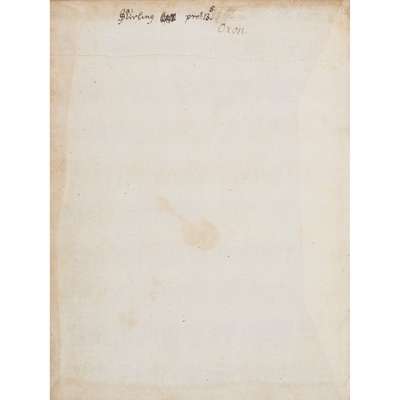


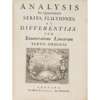
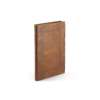
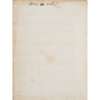
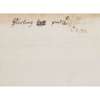
The Library of James Stirling, Mathematician
Auction: 23 October 2025 from 13:00 BST
Description
cum enumeratione linearum tertii ordinis. London: ex officina Pearsoniana, 1711. 4to in half-sheets (23 x 17.4cm), contemporary calf, red morocco label, decorative blind panels to covers, edges sprinkled red, [14] 101 pp., engraved vignette by J. Nutting to title-page, 2 engraved folding tables by John Senex, engraved table by Senex in the text (p. 62), each part (4 in total) with engraved headpiece, tailpiece and initial, woodcut head- and tailpieces and initials elsewhere, type-ornament headpieces, engraved diagrams in the text at pp. 75-87 and 97, binding slightly rubbed, a little marginal spotting, rear free endpaper with small section excised from lower outer corner [Babson 207-8 (207 being bound with other works); Wallis 293]
Footnote
First edition, James Stirling's copy of this major collection of Newton's mathematical writings, published with the intention of establishing his priority over Leibniz in the discovery of calculus, the controversy then being at its height. Edited by Welsh mathematician William Jones, it contains the first editions of two foundational works. ‘De Analysis per aequationes numero terminorum infinitas’, written in 1669, is considered the ‘first independent treatise on the higher mathematics, containing his invention of the calculus … [and] the first printed account of the binomial theorem' (Babson). ‘Methodus differentialis’, from 1676 and concerning the calculus of finite differences, was the work which inspired Stirling's own ‘principal contribution to mathematics’ (ODNB), which he published under the same title in 1730. The two other works are ‘De quadratura curvarum’ and ‘Enumeratio linearum tertii ordinis', both reprinted from Opticks (1704).
Stirling's ownership inscription, ‘Ja. Stirling’, is found on the title-page and front pastedown, accompanied in the latter case by his note of price paid (13 shillings) and his acquisition of the book in Oxford, where he matriculated at Balliol College in January 1711, the year the Analysis was published. In 1715 John Keill noted in a letter to Newton that the problem of orthogonal trajectories proposed by Leibniz had recently been solved by ‘Mr. Stirling an under-graduate here’ (Tweedie, James Stirling: A Sketch of his Life and Works along with his Scientific Correspondence, 1922, p. 7). Stirling's first book, Lineae tertii ordinis Neutonianae, a commentary on Newton's classification of cubic curves, was printed at the Sheldonian Theatre in April 1717, with Newton listed as a subscriber. By that time Stirling's status as a non-juring student and his alleged involvement in Jacobite agitation had already led to trouble with the university authorities, however, and his scholarships appear to have been withdrawn shortly before the book was published. Leaving Oxford without a degree, he took up an invitation to Venice from Nicolas Tron, Venetian ambassador to London. In 1719, while still in Italy and apparently in dire straits, he received much-needed financial assistance from Newton, and once back in London called on him regularly during his final years, writing in a surviving letter from 1725:
‘Sr Isaac Newton lives a little way of in the country. I go frequently to see him, and find him extremely kind and serviceable in every thing I desire, but he is much failed and not able to do as he has done’ (Tweedie, p. 13).









